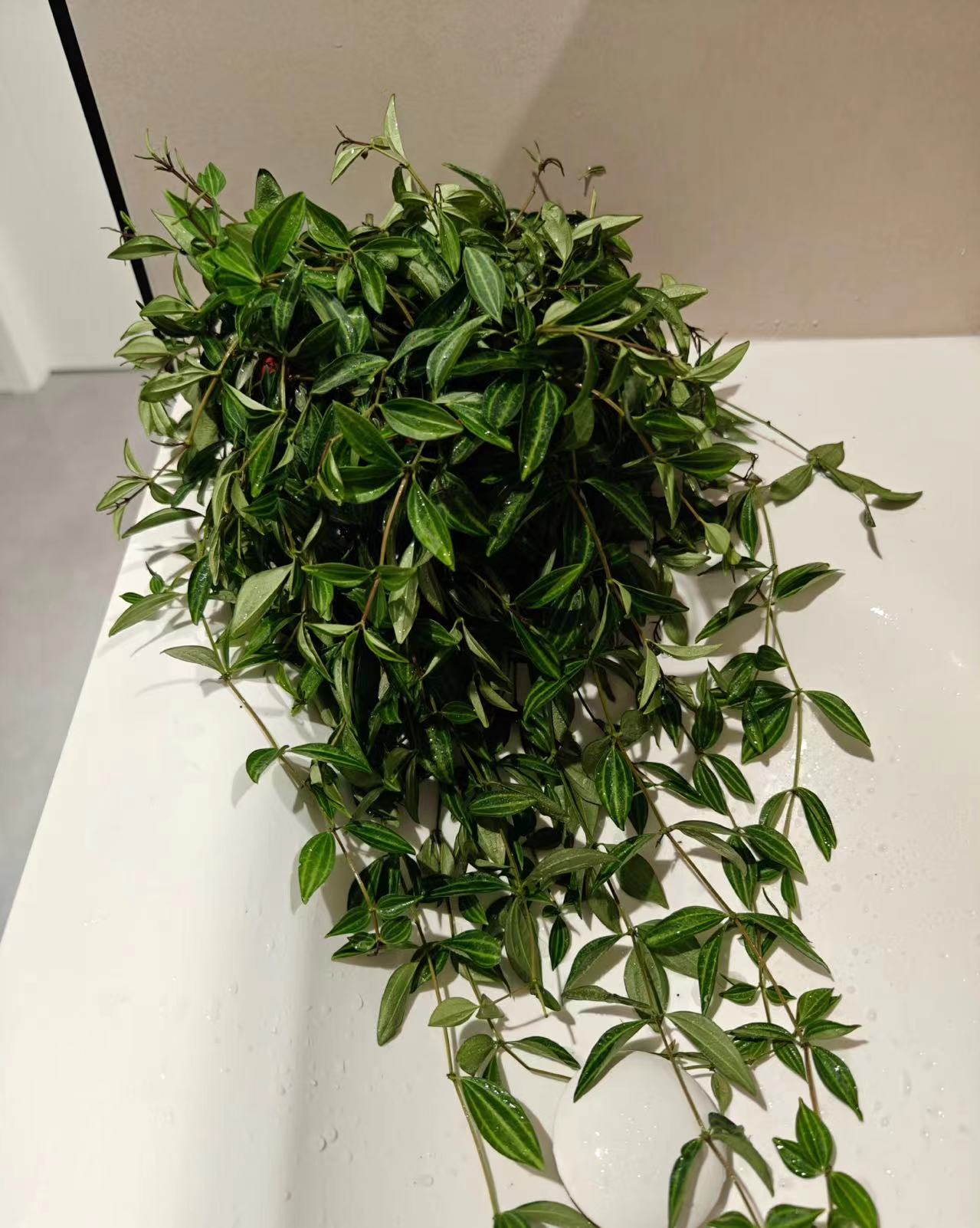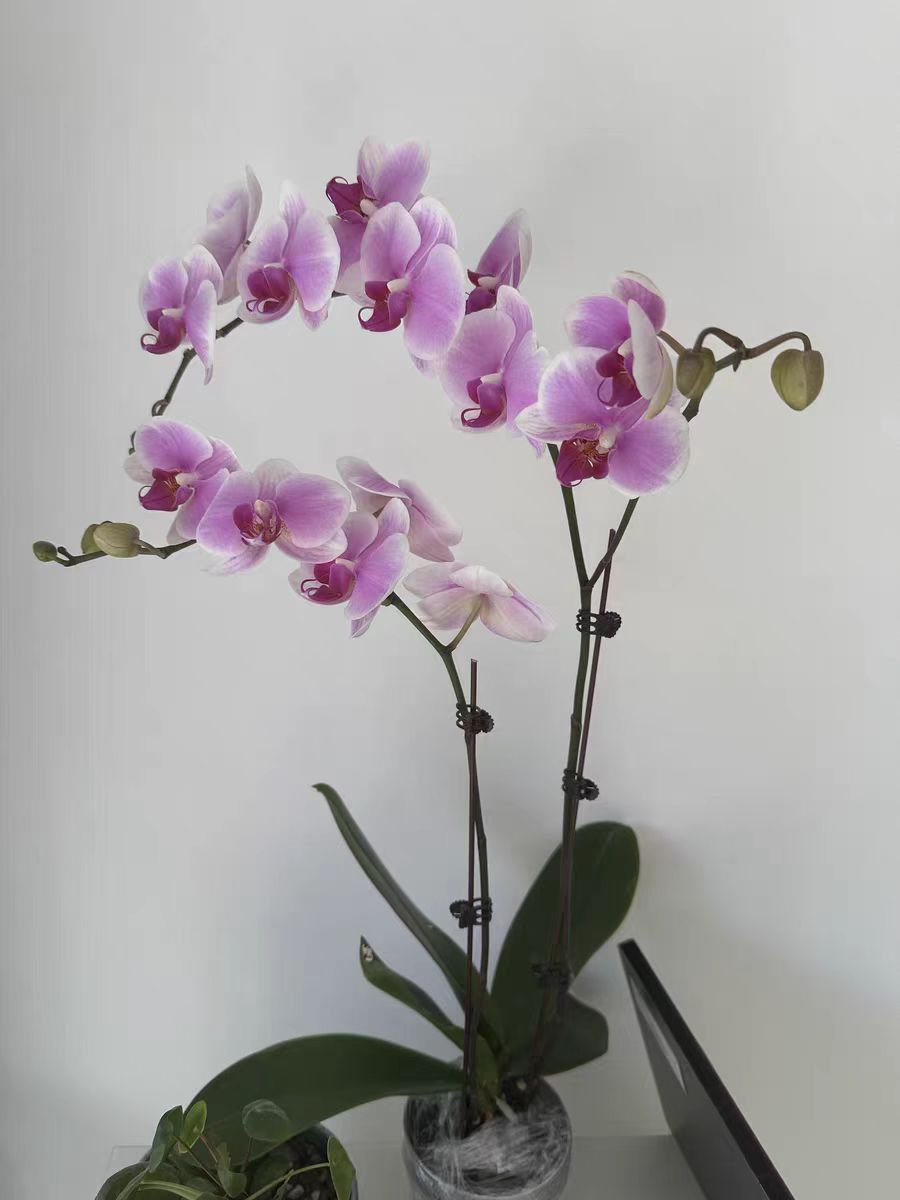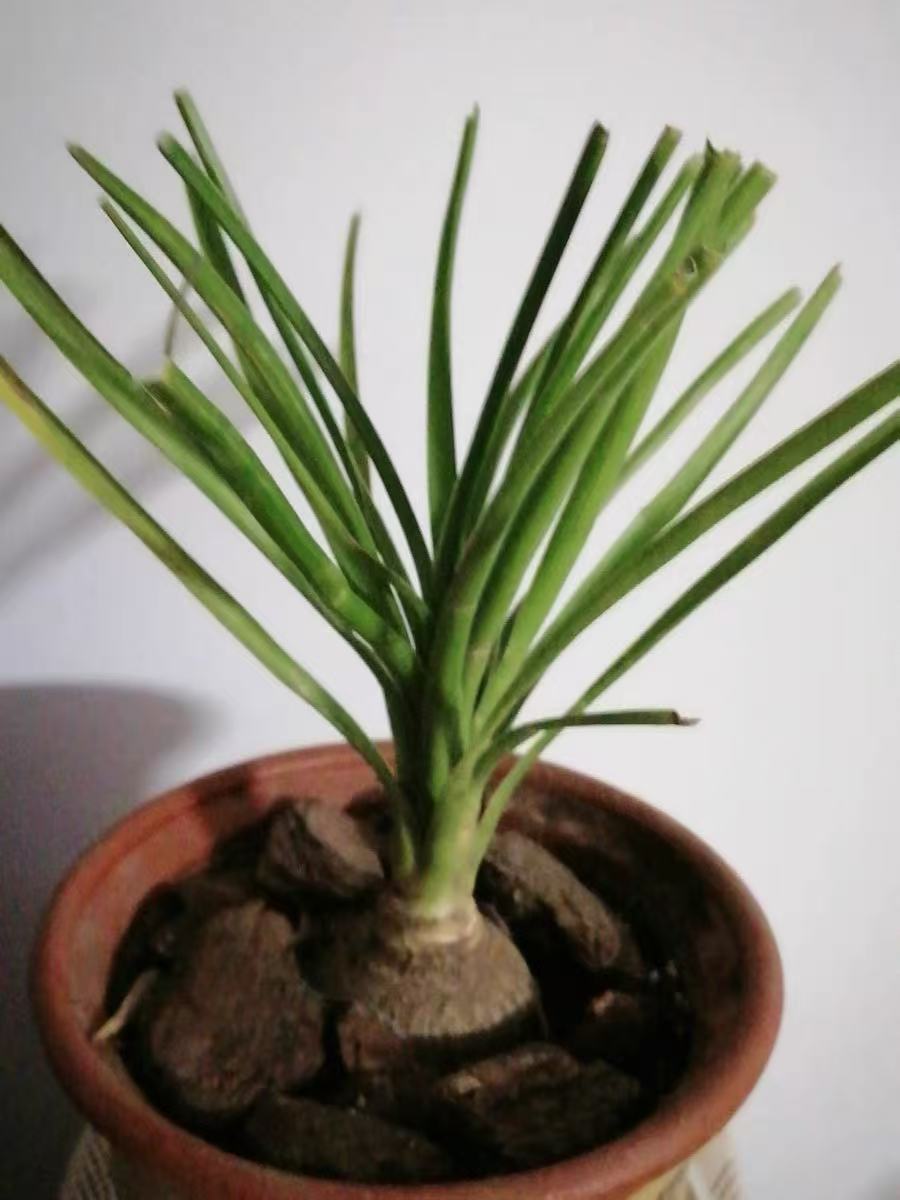In the world of indoor green plants, there are some plants that, with their excellent shade tolerance, become excellent decorations for spaces with insufficient light. They can not only thrive in dark corners but also add a touch of natural freshness and vitality to the indoor environment.
Chamaedorea elegans is like a mini version of a tropical coconut tree. It has a small and exquisite shape and is very cute. Its leaves are slender and green, and they are pinnately divided, giving people an elegant feeling. Chamaedorea elegans has extremely low light requirements. Even in places such as bathrooms and basements where there is almost no direct sunlight, it can grow well. It can adapt to low light intensity and still maintain a green color in low-light environments.
Chamaedorea elegans also has a certain air purification ability. It can absorb harmful gases in the air, such as formaldehyde and benzene, creating a healthier living environment for people. When caring for Chamaedorea elegans, pay attention to keeping the soil moderately moist but not waterlogged to avoid root rot. At the same time, avoid placing it in places with too low or too high temperatures. The suitable growth temperature is 18°C to 24°C.
Syngonium podophyllum is also a very popular shade-tolerant plant. Its leaves are arrow-shaped or halberd-shaped, and the colors are rich and diverse, including green, pink, white, etc., with high ornamental value. Syngonium podophyllum has extremely strong shade tolerance and can grow for a long time in a dark environment. It likes a humid environment and has a high requirement for air humidity. Therefore, it grows particularly luxuriantly in places with high humidity such as bathrooms.
Syngonium podophyllum can absorb carbon dioxide and release oxygen through photosynthesis to improve indoor air quality. When caring for Syngonium podophyllum, water regularly to keep the soil moist and often spray water on the leaves to increase air humidity. At the same time, pay attention to avoiding direct sunlight and protecting Syngonium podophyllum from cold.
Rohdea japonica is a common indoor green plant with strong shade tolerance and adaptability. Its leaves are broad and thick, green in color, and lustrous. Rohdea japonica can carry out photosynthesis under low light conditions and add vitality to the indoor environment. It also has the function of purifying the air and absorbing harmful gases, making a positive contribution to improving indoor air quality.
The care of Rohdea japonica is relatively simple. Just keep the soil moist and avoid waterlogging. It has a wide temperature adaptation range, but in winter, pay attention to keeping warm to avoid frost damage. In addition, Rohdea japonica grows relatively slowly and does not need frequent pruning, but the dust on the leaves can be cleaned regularly to keep the plant beautiful.
Peperomia tetraphylla is a small and cute shade-tolerant plant. Its leaves are round or oval, and there are white veins on them, which are very unique. Peperomia tetraphylla has low light requirements and can grow in a dark environment. It likes a warm and humid environment. The suitable growth temperature is 20°C to 30°C.
Peperomia tetraphylla can be placed as a small potted plant on the windowsill or shelf of the bathroom to add a natural beauty to the space. When caring for Peperomia tetraphylla, pay attention to controlling the amount of watering to avoid overly wet or dry soil. At the same time, some thin liquid fertilizer can be applied regularly to promote its growth.
These four shade-tolerant plants have their own characteristics. They can not only grow well in a dark environment but also bring freshness to the indoor environment.
What are some shade-tolerant indoor plants?

Share with
Tagged in :




Leave a Reply